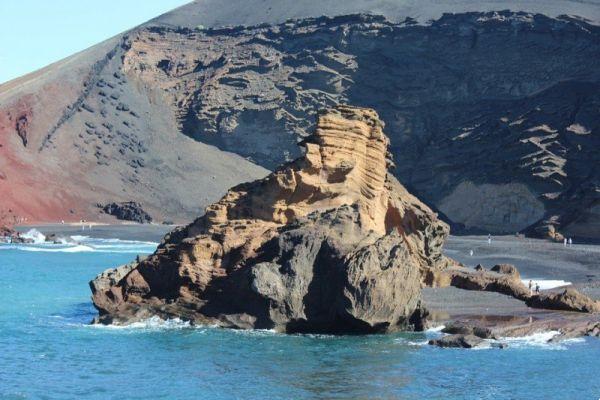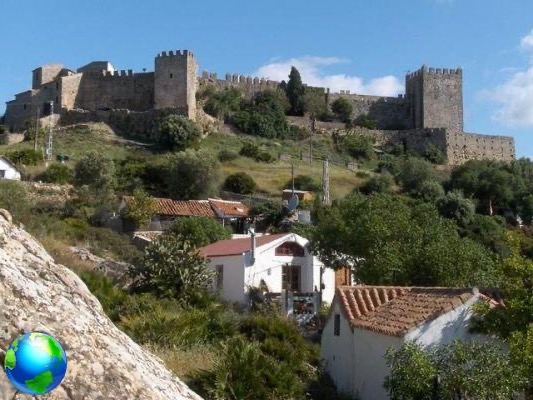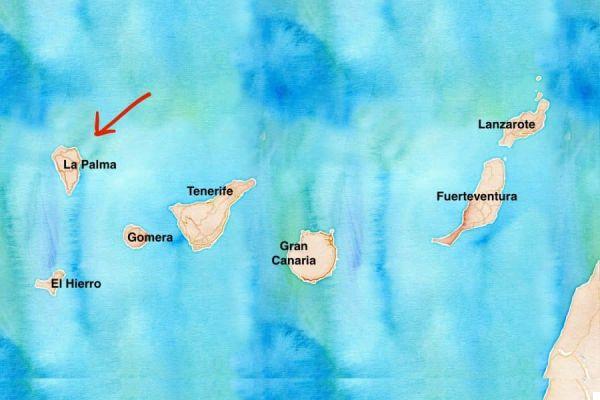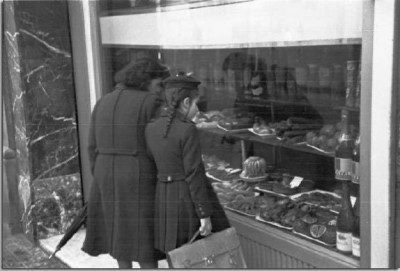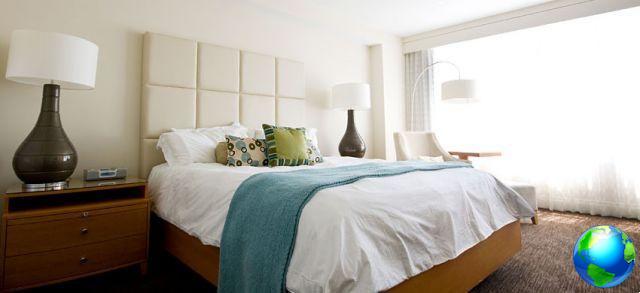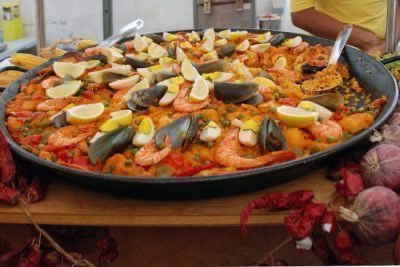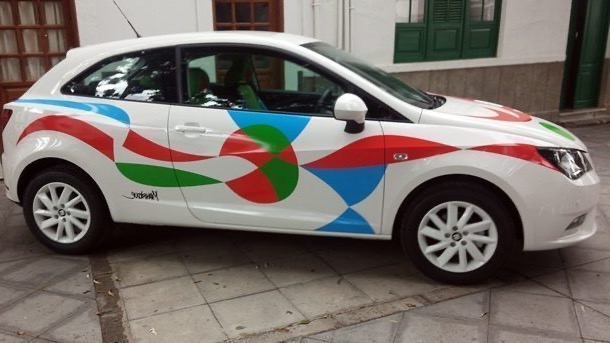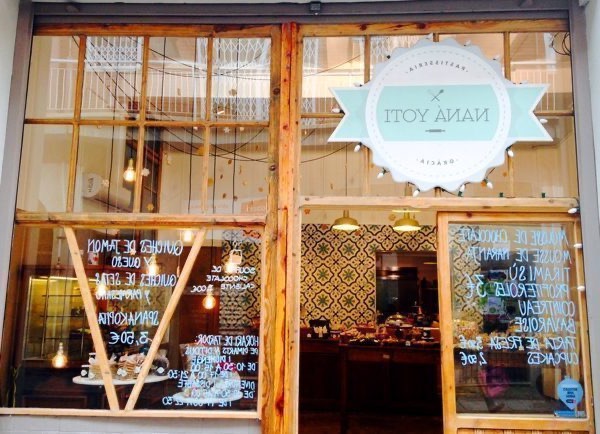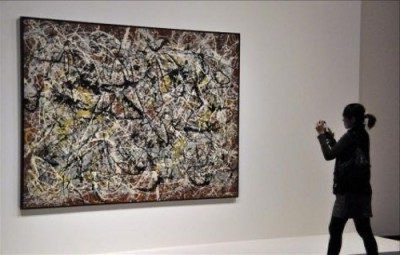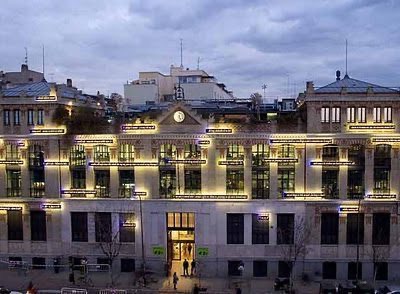
Ho lived in Madrid from February to October 2011 and in the seven months I spent there, as well as working for my thesis, I was able, thanks to friends and my curiosity, to discover many small realities that often escape the most scrupulous guides. Making a guide of it would be impossible given the bustle of the city, a new one should be printed every two months.
In full style Lonely Planet I will try to describe a very personal one of mine itinerario, which could actually be considered a natural extension of that reported in many tourist guides. Ready? Let's go.
In calle Embajadores there is a building of the Madrid government called Tobacco, a former tobacco factory that was disused and abandoned for years, now a cultural center. To say that the aspect is deceiving is an understatement, the entrance discourages you to enter, but what is inside will pay off your act of courage. The interior of the Tabacalera still retains its appearance factory 30s style in ruins but hosts many notable cultural activities thanks to its large spaces. For many months it hosted a photographic exhibition call "Laberinto de Miradas“, The main theme was the immigration of Hispanic peoples into the world. The exhibition was a labyrinth in the true sense of the word, divided into thematic areas. Of course, admission to the center is free.
Moving along Ronda de Valencia, direction Atocha station meets the Casa Encendida, a real forge of art. This building financed by Caja Madrid, proposes exhibitions, courses, seminars, activities, performances, shows, cineforum, music, theater, activities for children, obviously all aimed at the social environment. La Casa Encendida organizes quarterly photography courses, strictly analog, at prices that never exceed € 50 per week, giving you the opportunity to use their development laboratories for free. There are also computer courses both basic (word, excel etc.) and advanced levels (the whole suite of adobe, abetlon, protools, final cut .. sorry if it's not enough.), courses for children (I remember for example the creation of a radio program for Children under 12 years old), seminars on the environment and eco-sustainability.

Courses can be intensive on weekends or spread over 5 days. The only problem is the very long ones waiting lists (classes are limited to a maximum of 20 places) it is likely that if you are late with enrollment then you will have to wait months or even the following quarter to participate in the course. If you are lucky enough to be in the first "classes" go immediately to light a candle in the Almudena church. Some courses are restricted and you must submit the curriculum vitae: these are courses always held by professionals in the sector worldwide.
A little further south (yellow metro line, Legazpi stop) is the Slaughterhouse an area of about 150.000 square meters (practically a village) that the municipality of Madrid is slowly refurbishing and returning to the city with spaces used for cultural events of all types: in June there is for example El dia de la musica Heineken, which is not like the Heineken jammin 'festival, but rather like MEI, a two-day event of independent music from all over the world with up and coming bands, music label stands and markets. This year I managed to see Anna Calvi, Toro y moi, The pain of being pure at heart and Wildbest for 15 euros in all. The Matadero hosts two theaters, one of which is huge.
Continuing along Ronda de Valencia meets the museum Reina Sofia, (my favorite museum, ed), which is described in all the guides in all possible and imaginable ways so I will not describe it to you. A couple of tips But I want to give them to you: the museum often hosts temporary exhibitions that alone are worth the price of the ticket so inquire on the website. The Reina Sofia is a state museum and is therefore free every day from 17pm until closing, in addition to Saturday afternoon and Sunday. The Reina Sofia offers the possibility of using his library, great place to study, read. The study room is located at the rear of the museum, the new one.
Continue to the Paseo del Prado, stopping at Meadow, museum in dark tones with the largest collection of Goya and Velasquez in the world. The Prado also has its day at free entry Sunday afternoon. Do not be discouraged by the queue which can extend for about fifty meters, it is normally very fast so you will not wait more than 15 minutes.

A little further on is the Thyssen-Bornemisza, private collection of the Thyssen gentlemen: the ticket price is about 8 euros full, being private do not expect the day with free admission, the wait could be very long.
Going up along Calle de Alcalà meets the Circulo de la Bellas Artes de Madrid, seven-story building: many guides talk about his coffee which is on the ground floor, I recommend instead to go directly to the mirador (terrace on the seventh floor). The ticket price is 1,5 euros, however view it is magnificent: you have a phenomenal overview of the west of Madrid especially on sunny days. If you are lucky, you may find small exhibits of the academy's students. The club hosts contemporary art exhibitions on the various floors, for a fee.
Mine paseo idéal ends at Plaza de Cascorro 1, 3rd floor, where I lived. Here you will find beautiful works of art and above all beautiful people. Impossible to give up, even if you have little time to visit Plaza Mayor, Puerta del Sol, Gran Via etc .. but these places also have something special. It would also be worth returning to Madrid just to visit them, organizing yourself first and seeing what they have to offer. If, on the other hand, you plan to stay as long as I did, they will certainly be excellent alternatives to experience Madrid.
They had warned me of the dangerous charm of Madrid and told strange legends of people who left and never came back. You can stay there for an hour or a year but if you breathe the atmosphere of this wonderful city you will surely leave us a piece of heart. Madrid crazy me.
Guest






